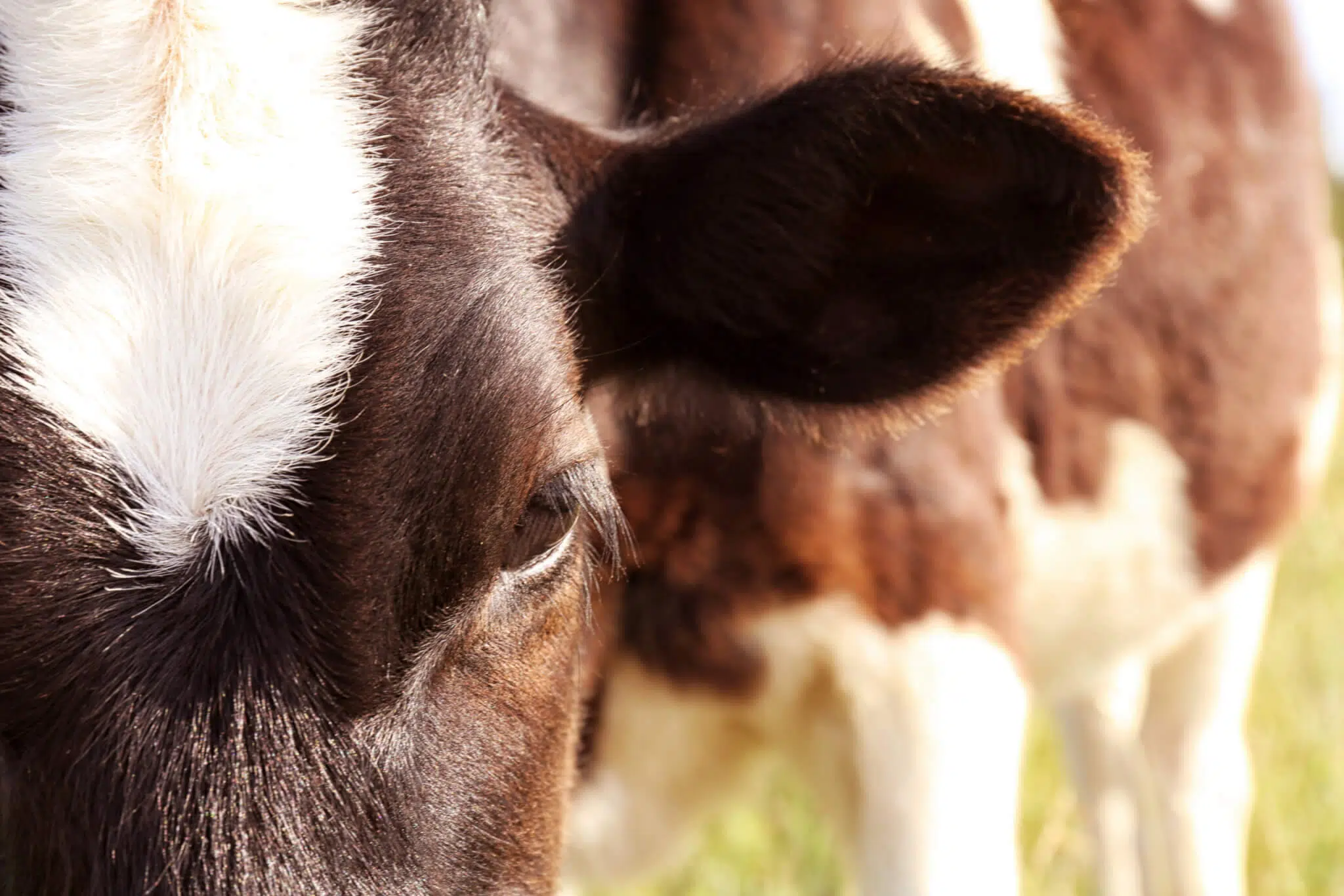Acidosis is like that suspicious rattling sound that your bakkie occasionally makes. While everything seems all right on the surface, there is something that is most definitely not right. Rattles do not fix themselves, and they often need an annoying amount of investigation to sort out. Acidosis is no different. It is characterised by rapid drops in rumen pH, which, over prolonged periods can burn the rumen wall and cause irreversible scarring and a reduction in rumen function. The wide range of acidosis causes make it difficult to practically recognise in your herd, but it is critical to identify cattle with acidosis, as it affects milk yield, butterfat production, fertility, and overall herd health. You need to become an acidosis sleuth!
When to investigate
1. Dietary changes
Investigate when you have recently changed one or more components in your herd’s diet. Rumen microbes are sensitive to dietary changes and need time to adapt. Slowly introduce any new feed component over a few days in order to manage the risk of acidosis. There is an old nutritionist saying that states “make whatever changes you want, as long as the cows don’t notice”.
2. How much are they chewing?
Investigate when less than 50% of are herd are chewing two hours after feed has been given. Total rumination time and chews per bolus both indicate the amount and quality of fibre in the diet. A cow produces 280 ℓ of saliva containing 3.5 kg of sodium bicarbonate to buffer the rumen every day. A diet that doesn’t stimulate rumination is a diet that doesn’t stimulate saliva production.
3. Changes in manure composition?
Investigate when more than 20% of the herd’s fresh manure piles score a 2 or less on the Faecal Scoring System. Soft, watery, unformed heaps that consist of undigested grains and bubbles and are lighter in colour may be an indication of acidosis. Sorting of the diet by cows results in inconsistency between pats. When you are around your cows, listen for the ideal soft “clapping” sound as manure drops.
4. Decreased milk fat percentage?
Investigate when your milk fat percentage rapidly decreases by more than 0,25% in less than a week. Milk fat percentages should be above 3,6% for Holsteins and 5% for Jersey cows. Additionally, keep an eye on the milk fat:protein ratio of the milk – a ratio of less than 1,15:1 is a red flag. Milk fat suppression can occur if the fatty acids in in the ration are unbalanced. Poorly formulated fatty acids in the ration can created conjugated linoleic acid (CLA) in the rumen, which is an undesirable molecule that is very effective at putting the brakes on butter fat production.
5. Sudden bouts of lameness?
Investigate when more than 5% of cows are standing with an arched back. Lameness can be caused by many different reasons. However, acidosis is a common cause of laminitis as the damage done to the rumen wall causes an inflammation cascade that ultimately causes inflammation of the hoof. If you are battling lameness in your herd, consider locomotion scoring your herd, or speak to a hoof specialist to come and advise you.

Conclusion
An acidosis sleuth will use the information gathered from all these clues in combination to identify cattle with acidosis. Acidosis happens quickly, but the indicators develop over time, and prevention is always better than cure. Talk to your nutritionist and veterinarian when treating acidosis, because you don’t want that rattle to turn into a breakdown!
Intern: Ruminant











Excellent article Sarah. Very nicely written.
Very interesting artical, Sarah. Well done.
Thank you Sarah-what an easy read to understand and follow.